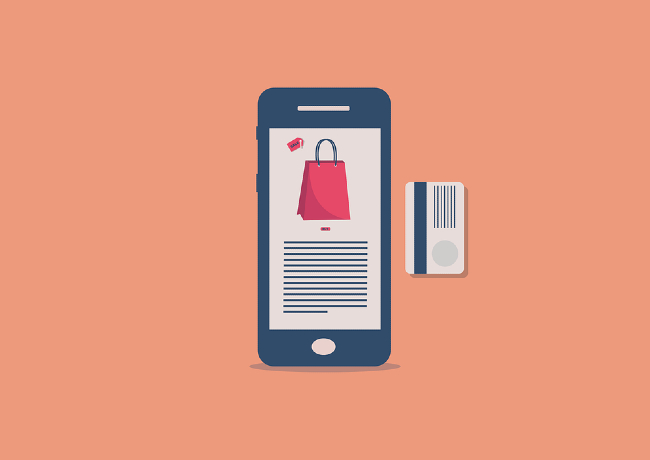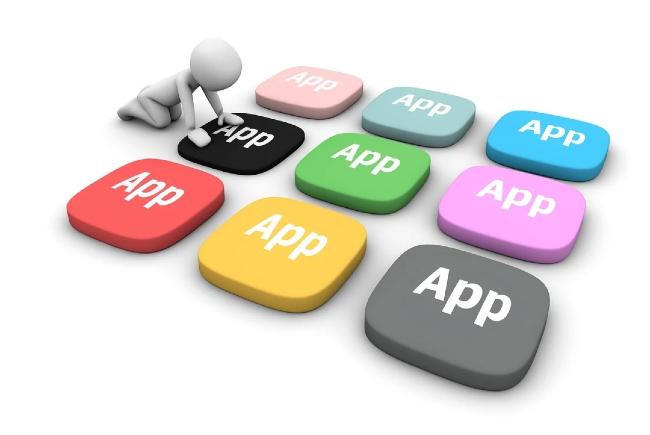
7 Things to Consider While Adding Payments Feature to Your Mobile Phone
According to a report by Statista, by the next year, 2021, nearly 54% of all the retail e-commerce payments will be done via mobile applications. There is a reason why so many businesses are integrating mobile payment features into their apps. It has many benefits for both users and businesses, such as, it can help the user make the payment quicker, and it does not redirect the user to a browser that can significantly slow down the phone.
If you are planning to develop a mobile app for your business, it is vital that you consider integrating a payment feature to the app. It is an investment with high returns in the future when you launch the app. If you plan to do that, here are some of the things you must consider before you begin the mobile app creation process.
1) Payment Options
Your target demographic and customers may use various kinds of payment methods, including credit and debit cards, online wallets like Apple Pay and PayPal, and in some cases, even cryptocurrency. Some customers are keen on using particular payment methods because of its ease of use.
Figure out what your customer base uses, and integrate those options into your payment plan on the app. This is a vital step that many businesses overlook during the mobile app creation process, but you must not. If the customer does not find a suitable payment option, they may back out of the process, and you may lose the sale.
2) Credit Card Payment Integration with API
You need to choose the right kind of payment gateway for your application, be it Braintree, Visa Checkout, or PayPal. These gateways connect your store and merchant account to facilitate the payment process between various parties, including your bank and the card issuer.
Ensure that the payment gateway you use supports authentication and tokenization processes required in accepting payments via credit cards. If the gateway’s Application Programming Interface (API) does not provide that, you will have to handle the data yourself, which can be a security risk, depending on your servers.
3) Security Solution for Payments
The previous point deals with the security of credit card data and authentication, but it is merely a part of the picture. The security of your mobile app payment process needs to be topnotch and secure, as you will be held liable in case of a security breach or hack. The security of the payment feature also reassures the users, making your application more trustworthy.
In the past, payment processes used to rely on Secure Sockets Layer (SSL), but they have become outdated. Your best choice is to acquire a Payment Card Industry Data Security Standard (PCI-DSS) compliance certification. It is the best in the industry right now.
Please make sure the payment getaway you work with is also safe and secure, and the Software Development Kit (SDK) they offer is safe, reliable, and bug-free. The importance of payment protection cannot be emphasized enough.
On a side note, many phones – Android and iOS – are jailbroken or rooted by the user for various reasons. Mostly, it is to make the phone more personal, but you must integrate root and jailbreak protection in your app regardless. Some rooted or jailbroken phones can be questionable in nature.

4) Analytical Insights
During the mobile app creation, you must also keep in mind the analytical data you can mine from the payment feature. The data can give you a terrific insight into your customers’ shopping behaviours, their preferred mode of payment, and cart abandonment.
That’s not it; the same data can help you make reports on the performance of the payment process. It can help you and the app developers figure out any shortcomings or bugs by analyzing the payment failures during and after the testing phase.
5) Reassurance and Error Communication
Regardless of testing, the mobile app’s payment process can still develop bugs down the line. This can be due to an update or modification in the phone’s software, payment gateway’s updates, or server issues. These errors can lead to payment failures that can be scary for the customers, especially when they make major purchases on the app.
If that happens, you must consider a way to give them a brief clarification of what went wrong and what they should do next. Should they repeat the payment process, wait it out, or contact the customer service? You can also mark the error in red. Doing so will reassure the customer that their money is safe by informing them about the issue and how they can work to rectify it. This goes a long way in making your app reliable and trustworthy.
6) Straightforward, Quick Process
You may be using the business servers, payment gateway SDKs and APIs, and other plug-ins, to make the process efficient on your end. That is great, but keep the customer’s ease of process in mind, too. If the process is long or complicated, the customer may back out and look for simple solutions.
The mobile app’s payment feature must be straightforward and easy to use, and it must also be quick. The customer’s time is important, and you don’t want to waste it. The world is moving to faster payment solutions that don’t even require them to fill payment forms. Consider integrating such features into your payment system. Such features are easy to integrate on both Android and iOS operating systems.
7) Automated Formatting
A major holdup for the customer during the checkout process is the formatting of the forms. The app’s users shouldn’t have to wait and ask themselves whether they have to add spaces between the numbers or dashes, or if the form is case sensitive.
To tackle this holdup, consider integrating automated formatting in the payment process. The program will automatically add spaces and dashes as required, and format the font case, too.
Another feature you can add to the automated formatting is programming the process to identify and distinguish the cards by the first four numbers, be it a Visa, MasterCard, or Amex. By this, a small fond will appear next to the card number field identifying the user’s card, providing real-time verification.
As mentioned earlier, payment integration has many benefits. It is also an excellent step towards developing your business using an application. Do not hesitate to integrate this feature; the returns on such an investment are high. Digital Fractal can help you develop an application with an integrated payment system. Get in touch with us now.

